When you search for Hanfu, you will often come across “Wei Jin style”.
Is the Wei Jin style clothing with the Wei and Jin periods Hanfu the same or different? If different, what’s the difference?
First of all, what you need to know is that the Wei Jin style is not the Hanfu of the Wei and Jin periods.
However, because it is so popular, it also often confuses many people, and many people think it is the real Hanfu.
Is Wei Jin style part of Hanfu?
The Wei Jin style is just a style of clothing. This style is characterized by wide robes and large sleeves, and conveys an aesthetic and ‘fairy’ feel.
The Wei Jin style was not the Hanfu of the Wei and Jin periods. The Wei Jin style is a style of clothing that expresses itself as “as elegant and unrestrained as the scholar Wei Jin”.
The origin of the Wei Jin style is from a business to do the Wei and Jin style (魏晋风骨 ; wèi jìn fēng gǔ) clothing series characters. Then many people followed suit and gradually formed the “Wei Jin style”.
The Wei Jin style does not refer to the style of Chinese Hanfu clothing forms during the Wei Jin periods and Northern and Southern dynasties. On the contrary, it originates from the artistic and aesthetic trends and expressions formed by the metaphysical thinking of Wei Jin periods and Northern and Southern dynasties, and Wei Jin is probably the period where the ancients lived most freely and frankly, so the clothing of that period would also have the style of the literati of that period.
Wei and Jin periods Hanfu
During this period, clothing often took the form of a top and bottom, known as Shang Yi Xia Chang (上衣下裳 ; shàng yī xià cháng).
However, it’s difficult to say what the actual construction of these garments was like, so most refer to the artwork and writing in the restoration.
Clothing Relics from the Wei and Jin Periods & Northern and Southern Dynasties
Found in May of 2002, the Gansu Huahai Bijiatai Tomb (甘肃花海毕家滩墓) is a large burial site in Gansu Province with a total of 55 excavated graves.
A woman’s body wrapped in silk was found in one of the tombs: her name is recorded as “eldest daughter of Gounv Sun”, of the Eastern Jin dynasty who died in AD 377.
Unfortunately, many of the items have been destroyed by time and weathering, but through various historical documents of the time, historians have been able to recover some of the partial garments found in the tomb.
First, often known as the Jin Ru (晋襦 ; jìn rú), is one of the only physical examples of a cross-collar Ru to appear in history. A front collar and some of Ru’s body are all that were found here, but historians used burial inscriptions and inventory to recreate what the rest of the clothing looked like.
Another restored outfit is Poqun (破裙 ; pò qún), a skirt piece that was restored using a mural in Gansu as a reference. This is also the reason why the Hanfu of the Wei and Jin periods usually performed Poqun.
Other Artistic References
Today, although there is almost no physical material for the clothes of the Wei and Jin periods as well as the Northern and Southern dynasties, we can see a large number of works of art and writing.
The Wei and Jin periods took inspiration from trends of the Han dynasty, with long robes still prevalent especially for women.
As far back as the Han dynasty, women’s costume has been an ornate style of short-sleeved clothing, with scalloped lace on the collar and pleated ruffles on the cuffs, which is worn over a long-sleeved blouse to create a layered effect. This can be seen in artwork such as lacquer screens from the Northern Wei period, women’s long dresses, and men’s dresses decorated with ruffles sewn around the bottom hem.
Straight sleeves were the most common of the former, but in the Northern and Southern dynasties, they gradually became larger, narrowing at the upper arm and then gradually widening at the cuff.
Another characteristic of men’s clothing is the collar, which is often crossed open. A gender-neutral underwear called Liang Dang (两裆) is used, basically two rectangular pieces of cloth, one covering the chest and one covering the back, fastened by straps over the shoulders.
Women widen the collar for the same purpose with the Liang Dang (两裆) underneath, resulting in a wide neckline that reflects the modern off-shoulder look, a style very popular especially among Hanfu enthusiasts.
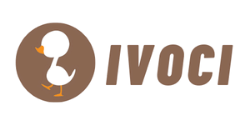
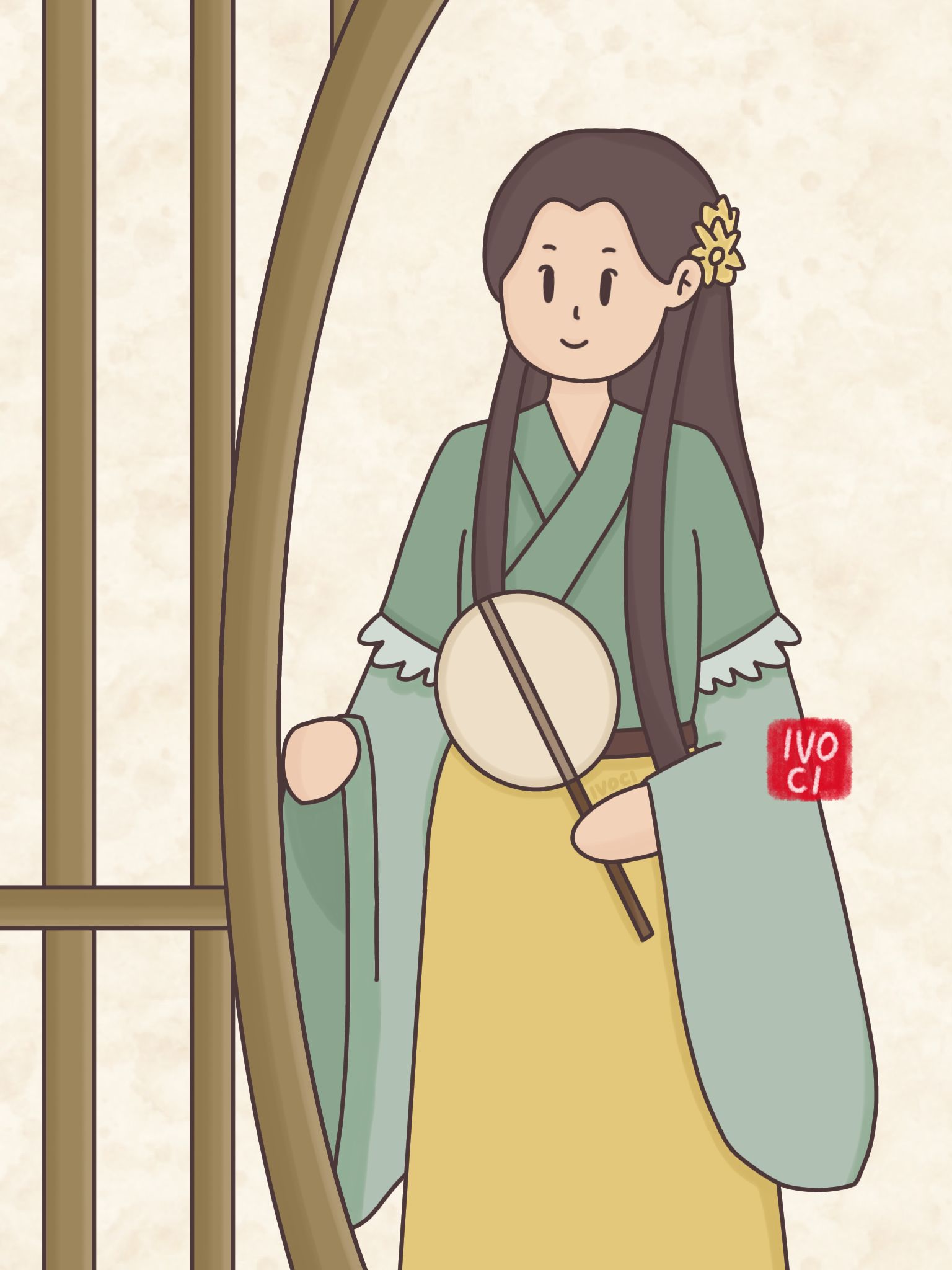
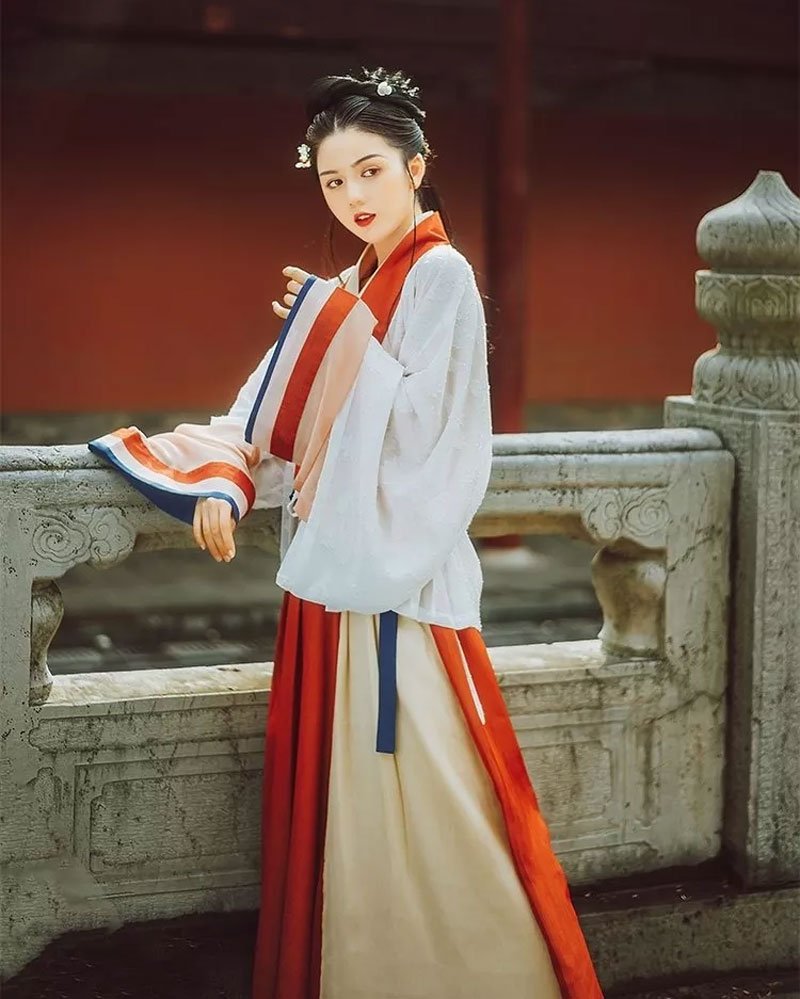
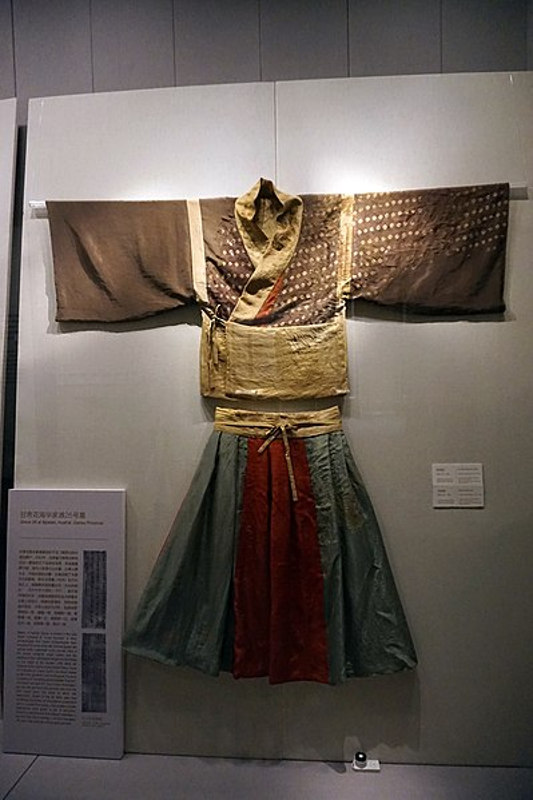
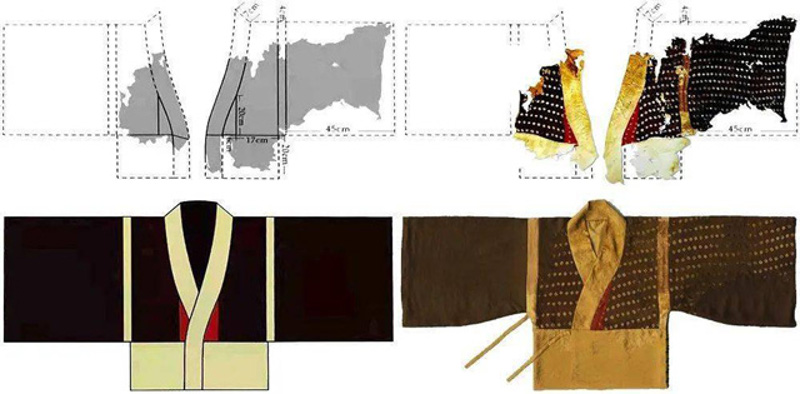
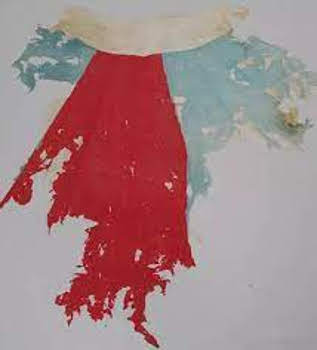
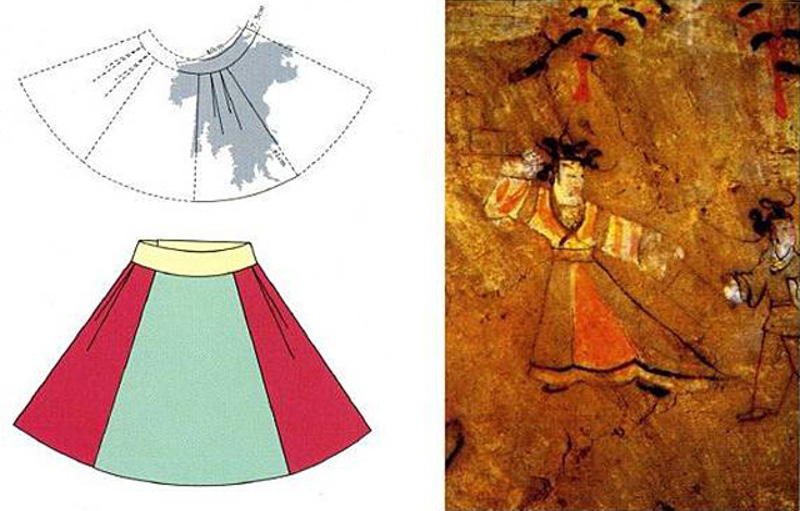
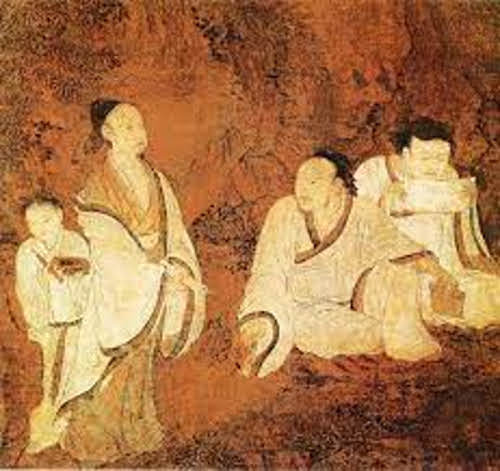
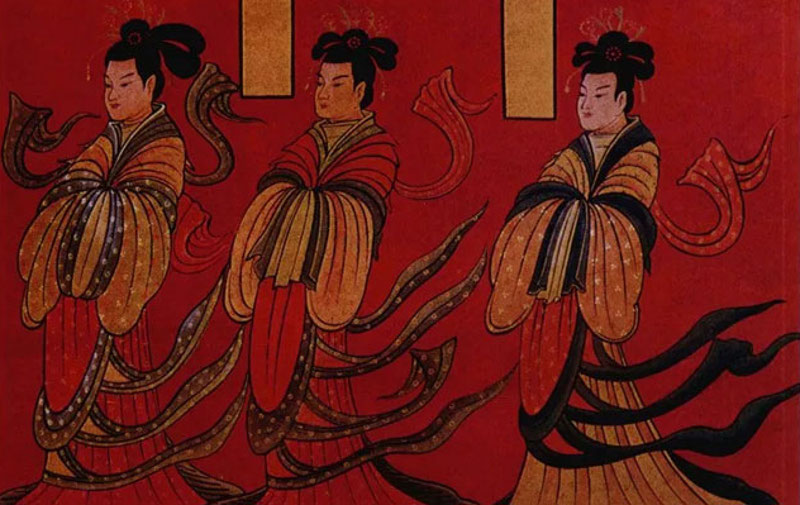
Leave a Reply